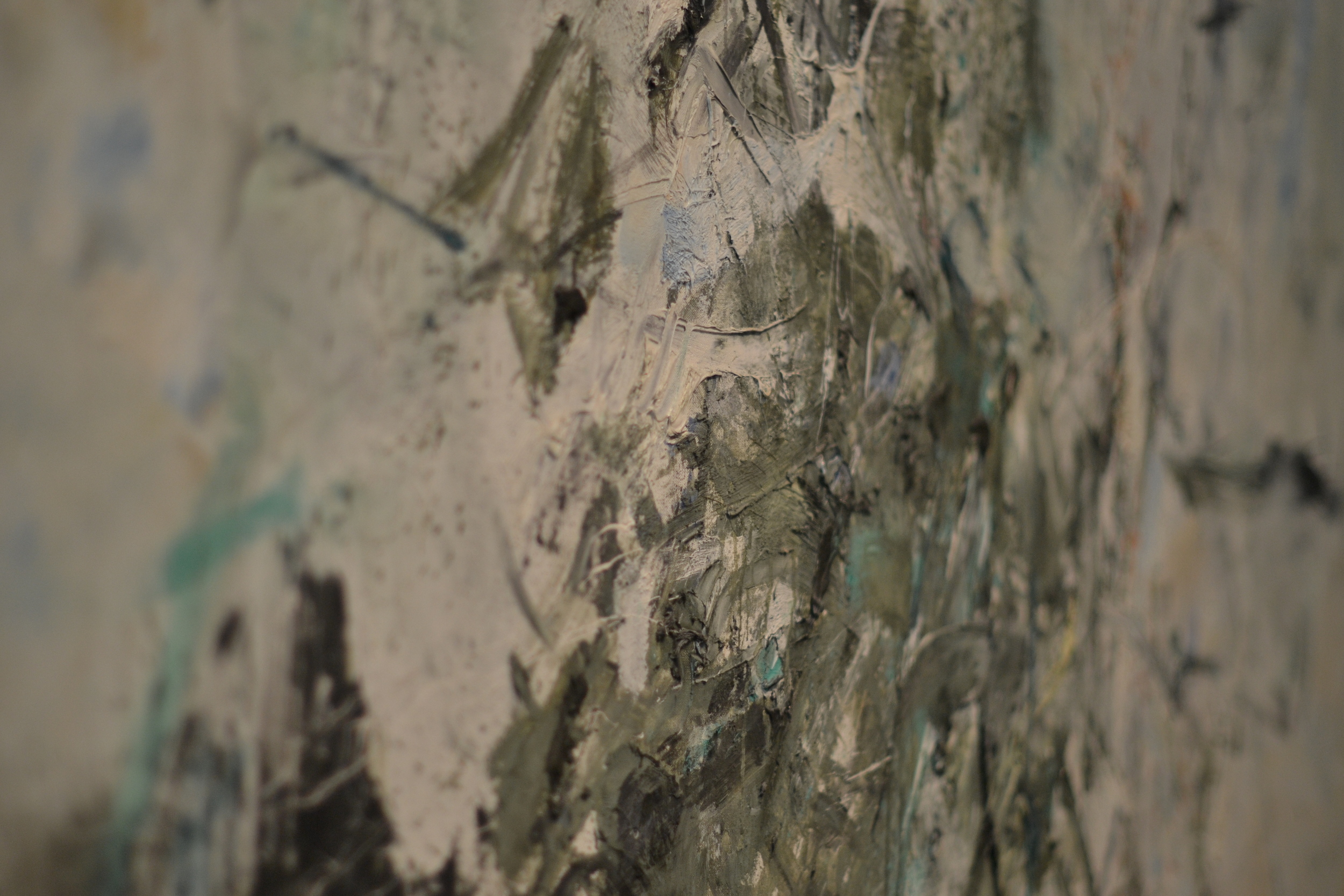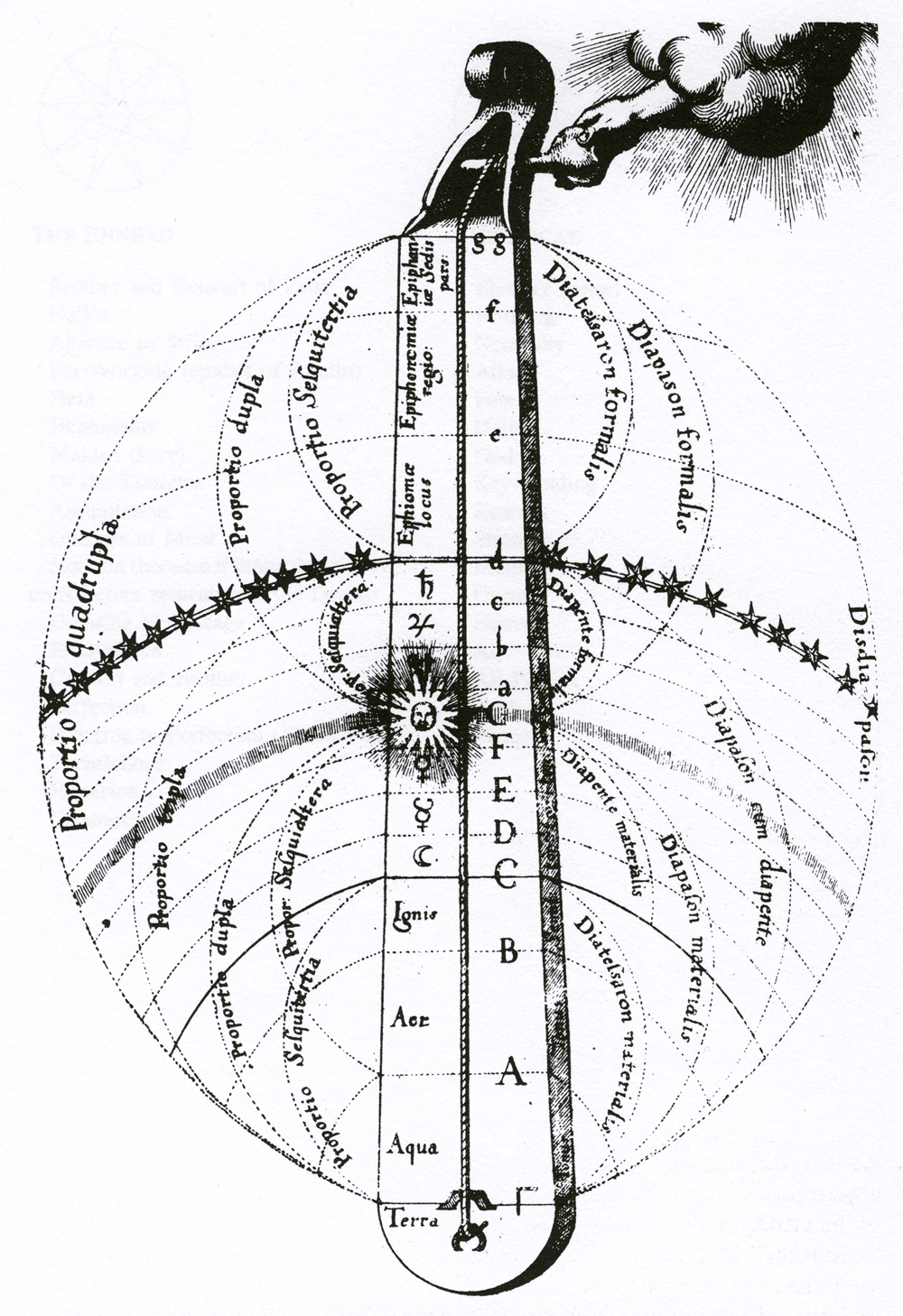Yesterday, the UK’s Society for Music Analysis and the music department at the University of Liverpool hosted a Study Day called Teaching Music Theory in the Digital Age. The day-long conference featured talks, recorded videos, and a keynote panel. I was on the panel at the end of the day, which featured several academics and YouTubers. It was a great conversation on the importance of social media, the format of video essays, diversity and inclusion in public music theory, textbooks and the design of curricula, and lots of other topics! I had a blast, and hope to do more events like this in the future.
The panel streamed live on YouTube, and you can watch an archived replay here. You can also find several of the pre-recorded video talks on the SMA website.
This page contains a digital handout, appendices, and links to data and presentation slides for my recorded talk at the Future Directions in Music Cognition conference, hosted by The Ohio State University on March 6 and 7, 2021.
I’m honored and humbled to announce that this past weekend, I won the Adam Krims Award from the Society for Music Theory’s Popular Music Interest Group. This award is given for an outstanding publication on popular music by a junior scholar, and this year the committee chose to honor my article “Music Theory and the Epistemology of the Internet; or Analyzing Music Under the New Thinkpiece Regime.” The award citation is below:
“This year’s Adam Krims Award winner is William O’Hara, for his article, “Music Theory and the Epistemology of the Internet; or, Analyzing Music Under the New Thinkpiece Regime,” published in Analitica: Rivista online di studi musicali in 2018. This piece examines the phenomenon of recent articles in the popular press that use music theory, treating it simultaneously as scientifically rigorous, and arcane and mysterious. O’Hara shows that these writings offer fascinating reflections upon music theory as it is practiced in the academy, particularly as it relates to the growing movement to engage with non-specialist audiences.”
This blog entry began as a Twitter thread yesterday. While I enjoy that medium, some may not. This version also provides some further reading for those interested.
And a little bit of background as well:
Music theory has been embroiled in controversy this summer, over the reception of some recent scholarship by music theorist Philip Ewell. You can find Ewell’s excellent work in several forms: a video of his presentation on the plenary session of last fall’s SMT Conference; a blog series in which he serialized many of his ideas, along with additional content; and a substantial article in Music Theory Online published over the summer. Ewell’s work has been, by and large, extremely well received within the field, and many of us have responded to the call to rethink our research and teaching in many ways. One of the notable exceptions was an extremely ill-conceived response from the Journal of Schenkerian Studies, which published a forum of responses to Ewell. With the exception of a few essays that actually engaged in good faith, most of these responses were horrendous: shallow and dismissive at best, viciously racist at their worst. (You can find a brief summary of the incident here, and plenty of other places online; if you’re reading this I assume you know where to look).
OK, now to the twitter essay:
I just carved out some time to really watch Adam Neely’s video, “Music Theory and White Supremacy” attentively. And I think it’s great, an excellent account of Philip Ewell’s work. It really draws together a lot of important ideas from across the field. And though the opening schtick (“the harmonic style of eighteenth-century musicians”) is a tad reductive, I think the video gets better and better as it goes on. It’s an awesome model of longform video argument that makes some potentially arcane material just as legible as the more obvious aspects of this issue. A stellar achievement, Adam!
If you watched very carefully, you might notice that I’m cited in it briefly. I was actually going to re-up that article of mine in response to something else that I recently saw floating around on Twitter, but it turns out there are two reasons to do so now.
Almost precisely two years ago, I wrote an article analyzing the tendencies of “thinkpiece music theory” in outlets like Slate, Vox, etc. Public facing music theory, but written by journalists or guest contributors rather than theorists. While I tried to put a positive spin on things by pointing out that there is actually huge demand for content about music theory, and that more theorists ought to occupy themselves with providing it (two things I really do believe) there are also some troubling things that I identified in this genre.
(I’ll preface this by saying I have no interest in being a gatekeeper - I love to see anyone trying their hand at explaining theoretical concepts or analyzing songs, and there are plenty of awesome creators and writers outside of academic music theory.)
Anyway, as this paper argues, there are at least three common pitfalls that music theory journalism often falls into:
While grounded in actual facts about music, those facts are deployed vaguely, incompletely, or incorrectly. They’re often taken too literally, or perhaps distorted by the game of telephone that seems to happen between the author and whomever they consult with about music. Thinkpiece theory is often grounded in ideas that have filter outwards from academia: either to students, or to popular culture/urban legend more broadly. That is to say, they are grounded in real academic ideas, but often dated or exaggerated versions of how those concepts are understood by scholars. In that way, thinkpiece analyses often re-enact music theory’s historical debates. From another angle—they can sometimes reflect the worst aspects of the discipline, academic music’s worst impulses as filtered through someone who often knows just enough to be dangerous.
Thinkpiece analyses are filled with appeals to authority. It’s how they operate. It might be a scholar. It might be an old historical theory source. More likely, however, it’s a scholar in another field, or even a non-academic: a friend of the author with some musical training, interviewed and quoted like a journalistic source. (I’m serious! You wouldn’t believe how many articles that attempt to analyze songs have a sentence that goes “I wanted to know what was going on, so I called my old college roommate who minored in music. Here’s what they said.”) At the top rung of this prestige ladder is Science, with a capital S but no specificity, because we all know that if you call it science, it’s the ultimate authority. Doesn’t matter if it’s good science or bad, or if it’s even from this millennium. Second only to science is the notion that Music Theory is a monolithic block of knowledge that holds all the answers, on its own terms. But more on that later.
Thinkpiece music theory is made to be passed around: it’s supposed to grab you with its headline, and be quickly digestible so that you’ll send it to friends. It’s even supposed to be shared by other news outlets. Digital scholars call this process “churnalism.” Not only are popular articles (or YouTube videos, for that matter) meant to be retweeted or otherwise shared; they are also fodder for other publications. One outlet publishes the article, and a dozen others write “stories” about the article. They might block quote it or give a few choice excerpts, but they basically exist to grab some traffic based on the headline, and then link to the real thing. Then a dozen blogs start to pass the stories around, etc., and so on.
So, the passage quoted by Adam Neely is one of the case studies that I quote in my attempt to problematize the whole framing “using music theory” in a series of Slate articles, that analyze the music of popular artists like Katy Perry and Lady Gaga. I think the framing of music theory as a secret decoder ring for musical insight, an objective lens that will grant you truth or evaluate the quality of a piece of music, is *very* problematic, whether it’s carried out by a PhD holding theorist, a conservatory-trained musician, a journalist, or a random person on the street. As I say all the time to my students, “There is no such thing as music theory. There are many theories, about many musics.” [I think I owe that quote to my colleague Kris Shaffer]. Or, as my PhD advisor Suzie Clark says, “Music theory is something that people made up, in order to talk about music…which people also made up.” And while I stopped short of describing this as racist when I wrote that paper two and a half years ago, I do call out the framing of the “excellence and supremacy of music theory,” and critique the specific language used in the Gaga analysis, which attempts to re-inscribe the division between the mind and the body, in order to denigrate the latter: a framing I got from Susan McClary and Suzanne Cusick, et al. I’m proud to have my article cited in this exemplary piece of public music theory.
OK, onto the other topic: A few weeks ago these “solfeggio” videos came to my attention. (Here’s an example, which is not an endorsement!) There are people out there who believe that listening to these frequencies can have healing effects, from—and I quote—“liberating guilt and fear” to “restoring spiritual order” and even “transformation and miracles (DNA repair).”
If you Google “solfeggio tones,” you find a lot of websites that want to teach you about them. Sometimes these sites just want your clicks. Sometimes they’re wellness websites talking about solfeggio as only one branch of mystical quackery alongside many others. [And, I’ll note, their messy distillation of concepts from early modern western music theory mirrors the appropriation of various ideas from different eastern traditions in the service of ‘wellness.’] Sometimes they want to sell you mp3s, or even accoutrements like Tibetan singing bowls tuned to specific frequencies. These solfeggio websites reflect at least two of the characteristics I identified in thinkpiece music theory:
They’ve obviously been passed around and filtered multiple times. The internet is a giant game of telephone, or of copying and pasting. (Churnalism). So most solfeggio websites use similar language to describe their origins and purpose. Same origin story (Dr. Joseph Puleo poring over the Bible for numerological patterns), and same description (often copied word-for-word) of which health benefit comes from which tone.
They’re grounded in real music-theoretical or scientific ideas (musical tones come from vibrations at different speed; Guido of Arrezo invented solfeggio syllables in the 11th century for his choir, based on the existing hymn “Ut queant laxis.” One of the websites quotes noted chant scholar Willi Apel! These principles are treated as profound, and described as lost or arcane knowledge that modern musicians have lost sight of.
And of course there are problems, both of the mystical woo-woo variety, AND in the sense that these websites are getting basic facts of music wrong. I haven’t done the digging to figure out it the frequencies given actually fit within a standard system such as just intonation, or if they’re just a random/numerologically derived sequence. But even from comparing them to their closest equally tempered analogues, they aren’t actually expressing Ut-Re-Mi etc. They’re mostly an assemblage of half steps and minor thirds. They aren’t a Guidonian hexachord unless your preferred version goes G, G#, C, Eb, F#, G#. Good luck solmizing a hymn with those notes.
I’ll round all of this out by admitting that there’s a not insignificant helping of outright mysticism in the western music theoretical tradition. Music theory has its own origin myth in the tale of Pythagoras and the hammers. The story is apocryphal; it gets the details of acoustics wrong (solid objects like bells—or hammers—behave differently than strings and express different tuning ratios); and it is subject to accretion, in the form of new details like the discordant and discarded fifth hammer, which was added later by Boethius for an extra moral edge.
And the music-theoretical canon includes people like Robert Fludd, whose celestial monochord looks like something straight out of Monty Python, and speculative claims like Athanasius Kircher’s tale of the sloths in the new world, who allegedly sang in hexachords. That these untamed beasts in that “untamed” [biiiiig scare quotes there] new world sang in the very same arrangement of tones that Guido used was meant to be evidence that the major scale was natural and inevitable. Music theorists love to talk about these old speculations; I often suspect that beneath the bemusement, there’s some longing for that bygone early modern era when music theory was held to be an important way of learning about the universe, not just about music.
It’s worth noting that this kind of spurious origin or numerological justification pops up not only in the ‘quirk’ histories of music theory’s dead ends, but in the most mainstream of canonical theorists: Zarlino (the senario), Riemann (undertones), Schenker (take your pick). The place of numerology and other spurious modes of argument has been well documented by Suzie Clark [see “Schenker’s Mysterious Five” and her very non-garbage-firey contribution to the garbage fire issue of the Journal of Schenkerian Studies].
And it’s not just Schenker: any attempted scientific or rational justification of western musical systems will hit a snag, somewhere. No tuning system is perfect. No determination of which intervals are acoustically consonant, or how much of the overtone series should be admitted to justify the major [and minor] triad, has a non-arbitrary cutoff. As I say in the “Thinkpieces” paper, a lot of music theory “journalism” is just reflecting our own intellectual histories back at us in newly unexamined ways. And the takeaway from all this might be that we aren’t as “beyond” these modes of thinking as we like to pretend we are. Sure, maybe we no longer think that harmonic consonances can describe the orbits of planets, or that they correspond to alchemical relationships between earth, water, air, and fire. But our theoretical dogmas may be just as persistent, and may look just as backward to an observer removed in time or space from our little academic bubble. It’s become clear in the work of Phil Ewell and many other colleagues, that alongside the obviously toxic aspects of our profession, there are many other dusty corners and bad habits of thought remaining to be scrutinized and rooted out as well.
A new article of mine just came out this week, entitled “Mapping Sound: Play, Performance, and Analysis in Proteus.” It’s published in a Journal of Sound and Music in Games, the first peer-reviewed journal devoted to ludomusicology. You can read the paper here—all University of California Press journals are open access for the foreseeable future thanks to the pandemic.
This paper has been a long time coming. I drafted it for one of my last graduate seminars before beginning my dissertation work, an open-ended analysis course with Chris Hasty. I presented it at the very first NACVGM conference in Youngstown, and then toyed with it from time to time after that. It’s not remotely diss-related, so it would often lie dormant for long periods while I worked on other things. I remember pulling it out occasionally as a writing sample when a job or fellowship app needed me to show my range, and the paper was something I would pull out and work on over summers and holiday breaks. Finally this past Christmas, I sat down and powered through the final stages of revision. The process of publishing with JSMG was very smooth and professional, and I highly recommend submitting there! [Since I like to share these aspects of process: submitted in late December; conditionally accepted in February; revisions and acceptance in March; copyedits in late April; page proofs in June; published in August!]








